What Are Custom Homes?
Custom homes for retirees are more than just houses; they are specifically designed to fit the needs and desires of those who have reached retirement age. These homes are built with particular attention to comfort, accessibility, and the lifestyle specific to their residents, enabling greater independence and quality of life. The benefits of investing in a custom home are numerous, including adaptability to changing physical needs, integration of technologies that ease daily living, and the choice of locations that enrich the social and community life of retirees.
Design and Planning
Accessibility Considerations
One of the foremost considerations in designing homes for retirees is accessibility. This includes wider doors, no-step entries, and adapted bathrooms to ensure the home is comfortable and safe against falls, a common concern for many retirees. The integration of smart technology can make a significant difference in the functionality of a home for a retiree. From advanced security systems to voice-activated devices that control lighting and temperature, technology can significantly enhance independence and safety at home.
Space planning is crucial; it is important to balance tranquil private areas with accessible communal spaces to foster socialization and community activities, which are vital for healthy aging. Choosing a location should consider proximity to medical services, leisure zones, and active retiree communities, which is essential for maintaining an active and social lifestyle. Certain areas are known for their retiree communities, favorable climates, and accessibility to necessary services.
These regions offer great appeal for those wishing to fully enjoy their retirement. Sustainable Building MaterialsUsing sustainable materials is not only good for the environment but also reduces long-term maintenance and energy costs. Materials like bamboo, certified wood, and adobe are popular and eco-friendly options. Implementing solar panels, efficient heating and cooling systems, and high-quality insulation can significantly reduce energy expenditures and increase comfort in the home.
Costs and Financing
Estimating Construction Costs. It’s important to have a clear understanding of the costs involved in building a custom home to plan the budget appropriately and avoid surprises. Financing Options Available .There are various financing options for building custom homes, from traditional mortgages to construction-specific loans that can be tailored to the financial needs of retirees.
Success Stories of Custom Home Exploring real examples of custom homes can provide inspiration and understanding of what’s possible in terms of design and functionality. Testimonials from those already living in custom homes can offer valuable insights into the benefits and challenges of these homes, as well as affirm the importance of careful planning and quality construction.
Legal and Regulatory ConsiderationsPermits and Regulations’s crucial to understand local regulations that may affect the construction of custom homes, including zoning, building codes, and potential environmental restrictions. Getting proper legal advice can greatly ease the construction process and ensure that all legal requirements are efficiently and effectively handled.
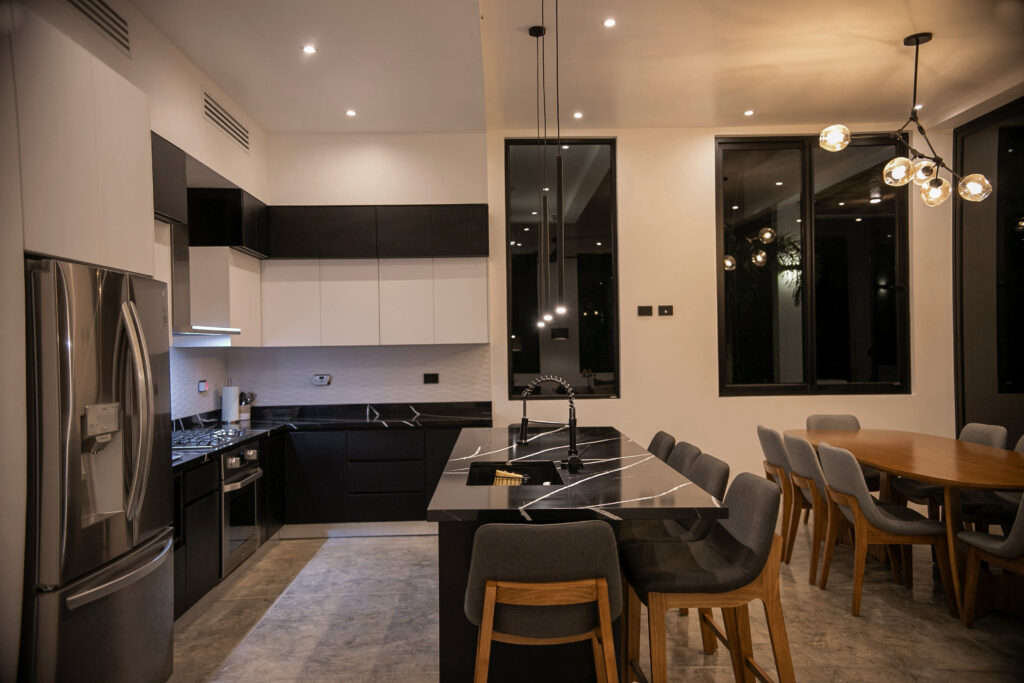
Choosing the Right Builder
What to Look for in a Builder. Choosing the right builder is vital; it’s essential to look for experience, credibility, and a track record of high-quality constructions. Checking Credentials and References Verifying the builder’s references and credentials not only provides peace of mind but also ensures that the project is carried out to expected standards.
The Role of Technology in Custom Homes
Modern security systems, such as surveillance cameras and alarms, are essential for the safety of retirees, providing peace of mind for both residents and their families. Home Automation allows retirees to easily manage their living environment, making adjustments to lighting, temperature, and security with the touch of a button or voice commands.
Long-Term Adaptability of the Home. Design Flexibility for Future Needs t’s important that custom homes are designed not only for current needs but also with the future in mind, with the flexibility to adapt to changes in health and mobility of its residents.
Integrating New Technologies new technologies emerge, having a design that allows their integration can ensure that the home remains functional and comfortable over the years. Maintenance Tips for the Home.
Regular Maintenance Need, Keeping a home in top condition requires regular maintenance, which is crucial for preserving the functionality and aesthetics of the home.
Recommended Services for Retirees. There are services that can help retirees maintain their homes effortlessly, including maintenance companies that specialize in catering to the needs of the elderly.
Conclusion
Summary of Key Benefits
Custom homes offer numerous benefits for retirees, from improving quality of life to providing a secure and comfortable environment tailored to their specific needs. Invitation to Consider Custom HomesBuilding or modifying a home into a custom one is an excellent investment for retirement, ensuring that the golden years are lived in comfort, safety, and style.
Frequently Asked Questions
How long does it take to build a custom home for retirees?
- Building a custom home can vary depending on several factors, including the complexity of the design and site conditions, but it typically takes between 6 to 12 months.
What technologies are essential to include in a custom home for retirees?
- Technologies such as advanced security systems, home automation, and medical assistance devices are considered essential for maximizing independence and safety.
How can I ensure my home is sustainable and energy-efficient?
- It is advisable to use sustainable construction materials and energy-efficient technologies like solar panels and low-consumption heating and cooling systems.

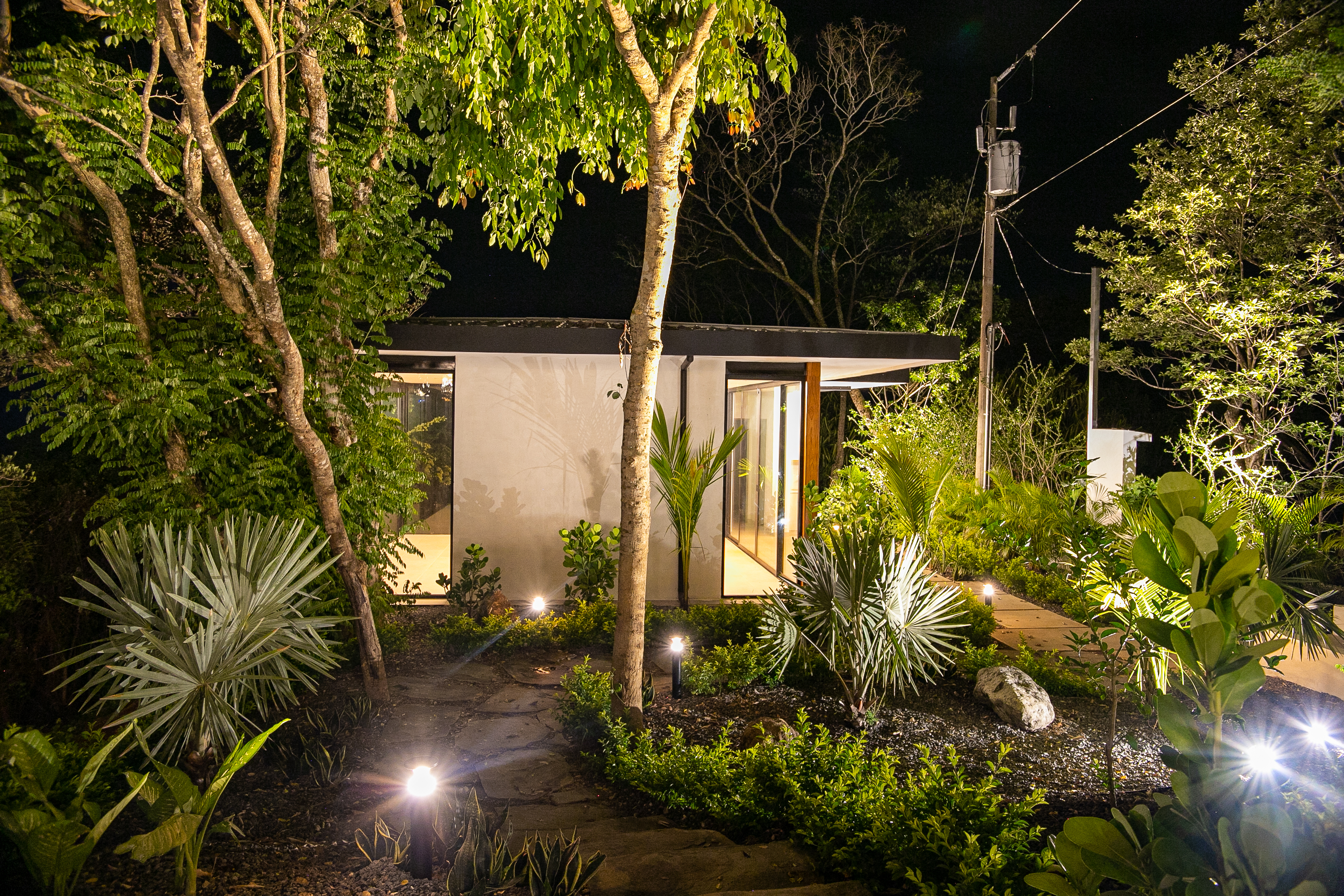
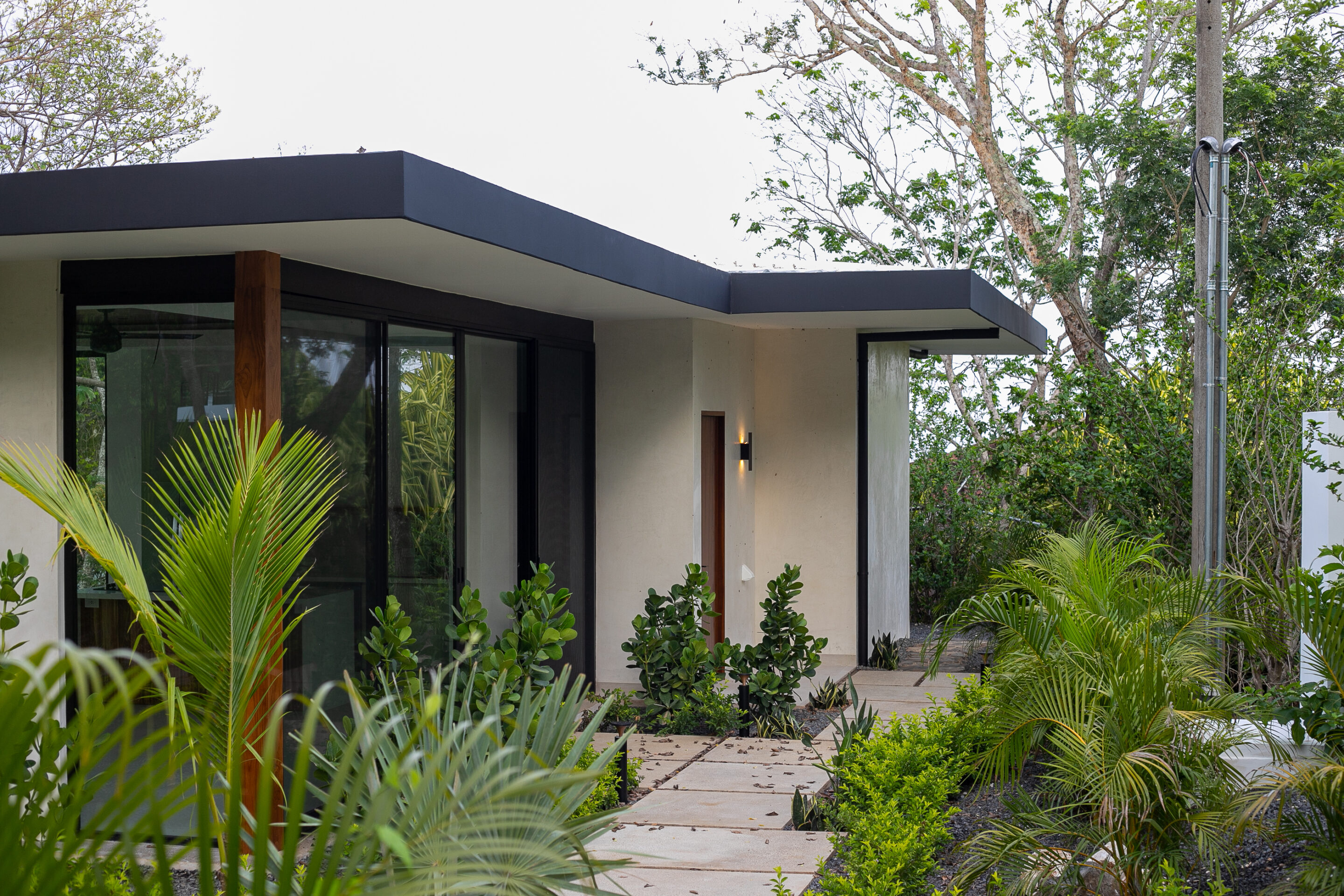
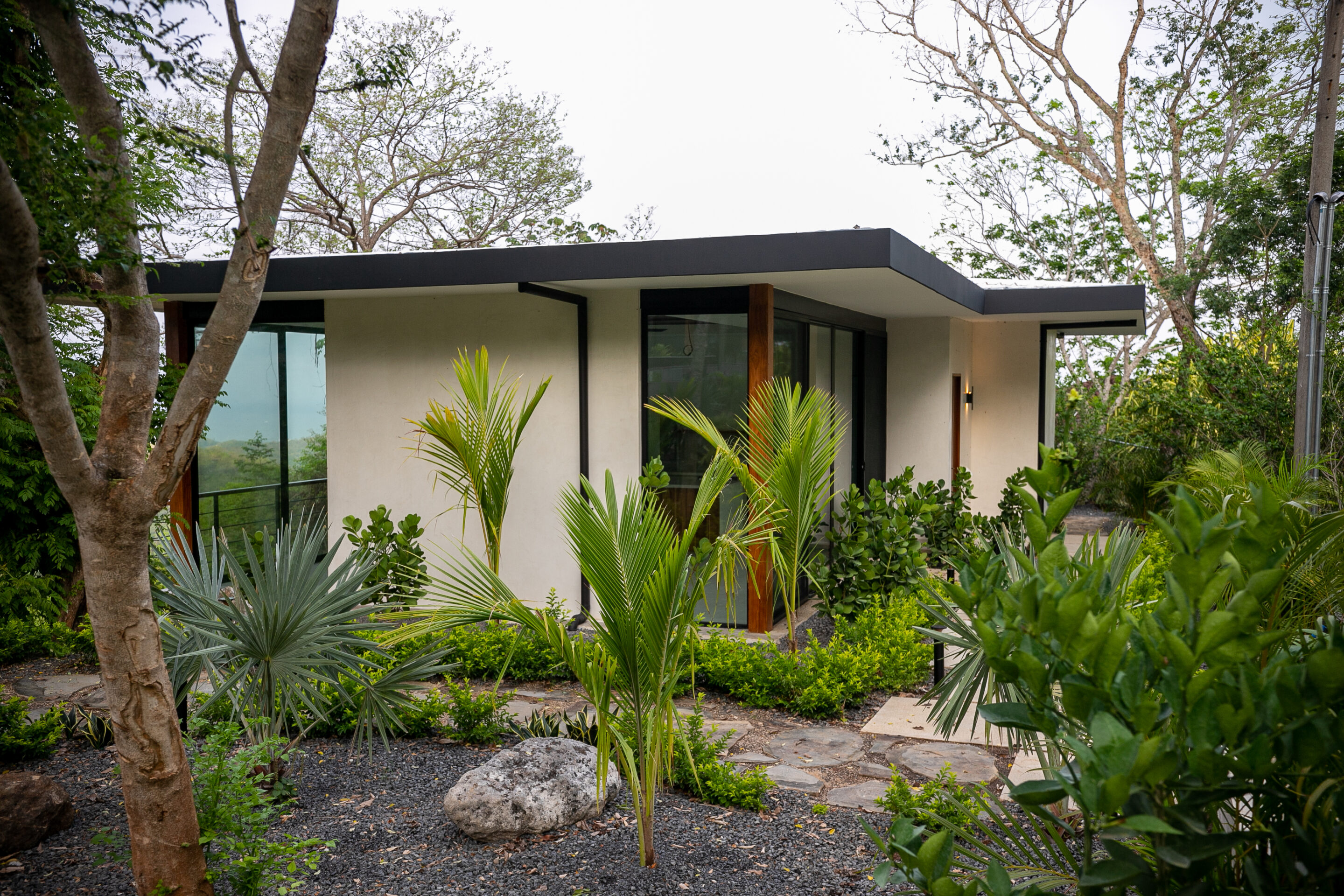
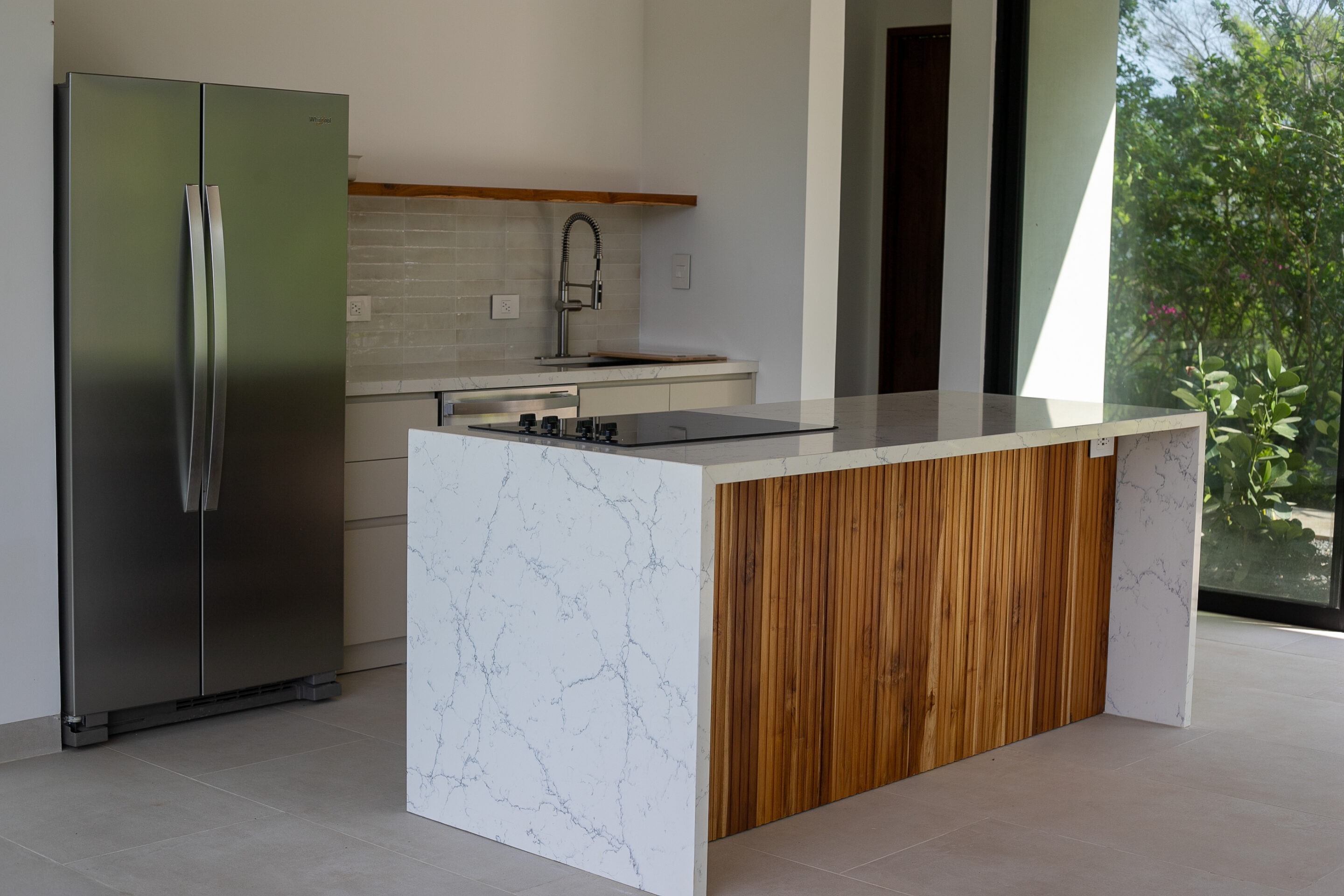
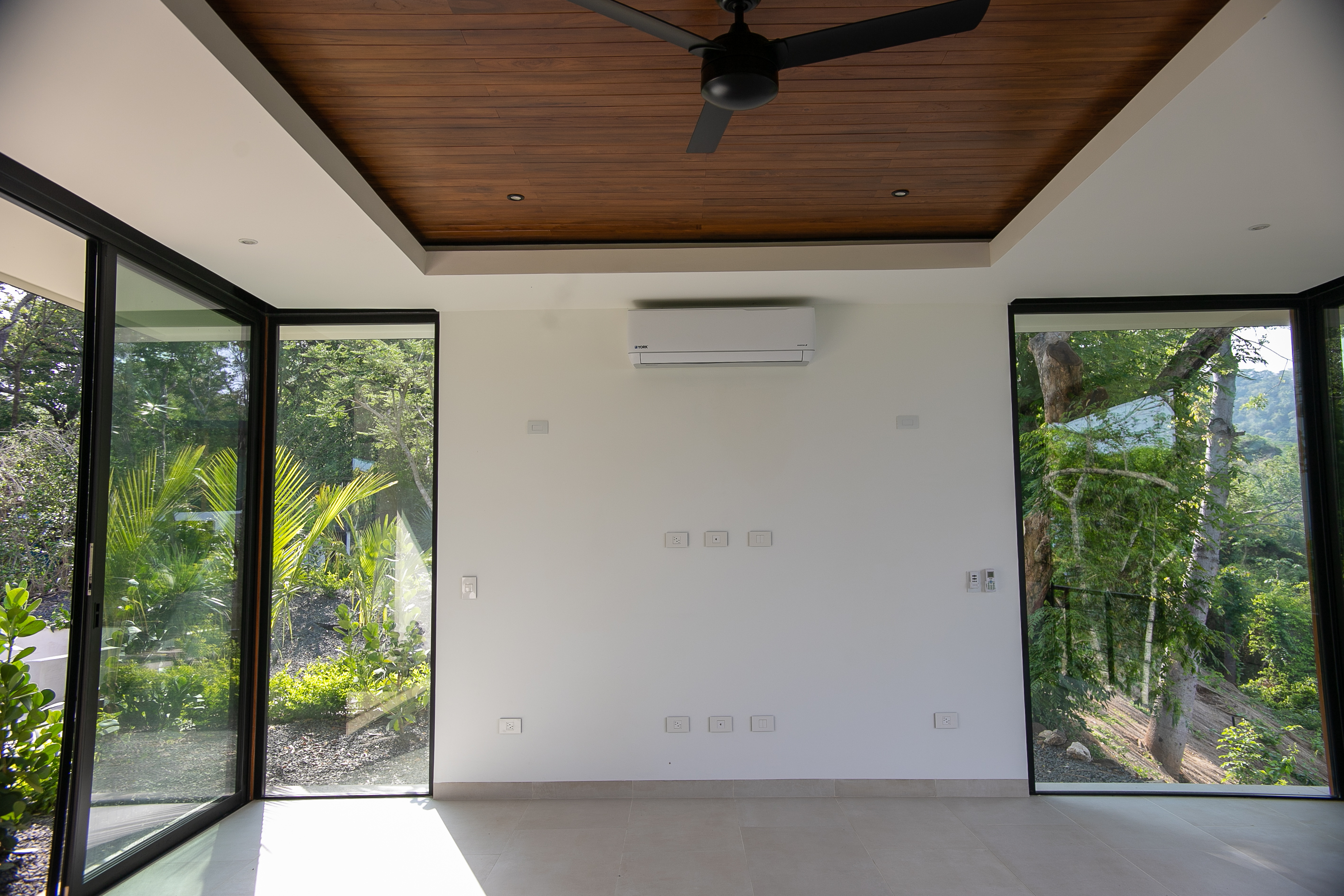
0 Comments